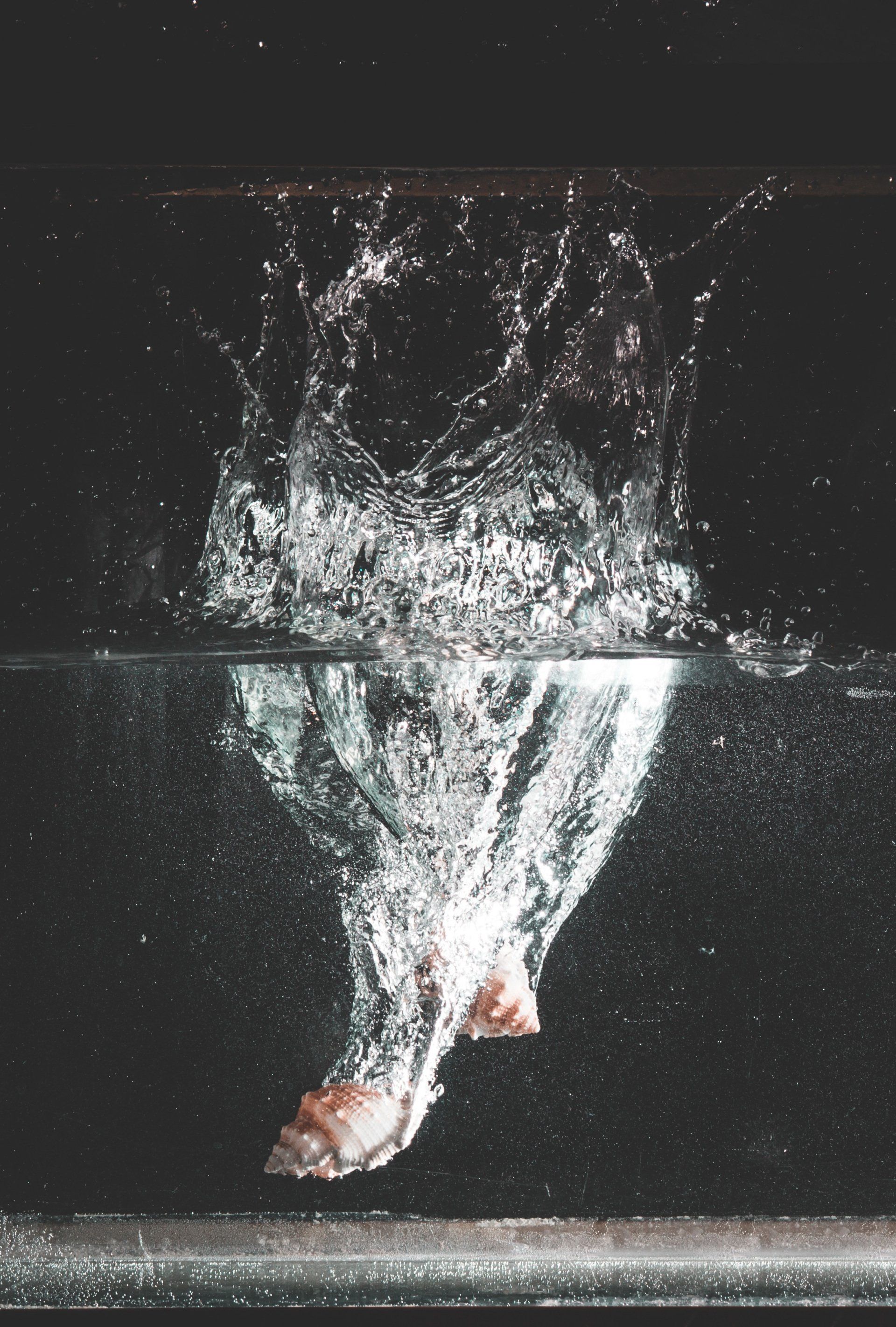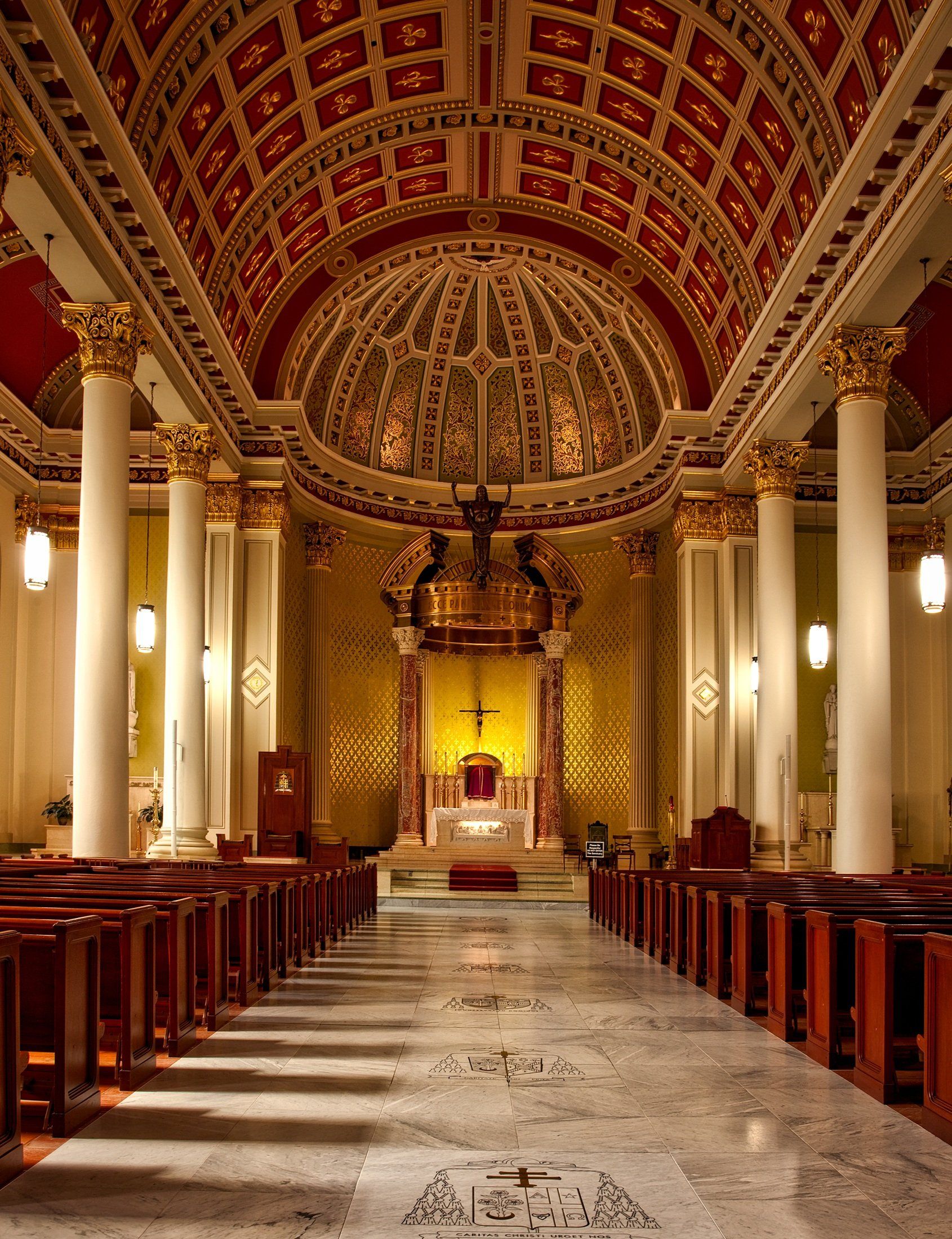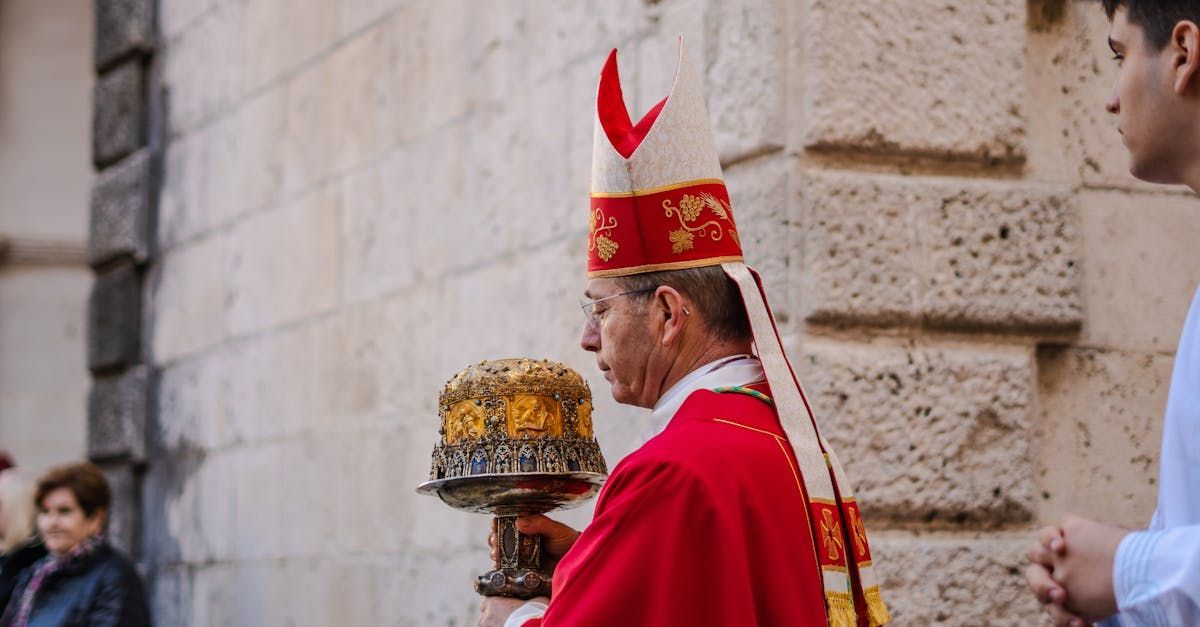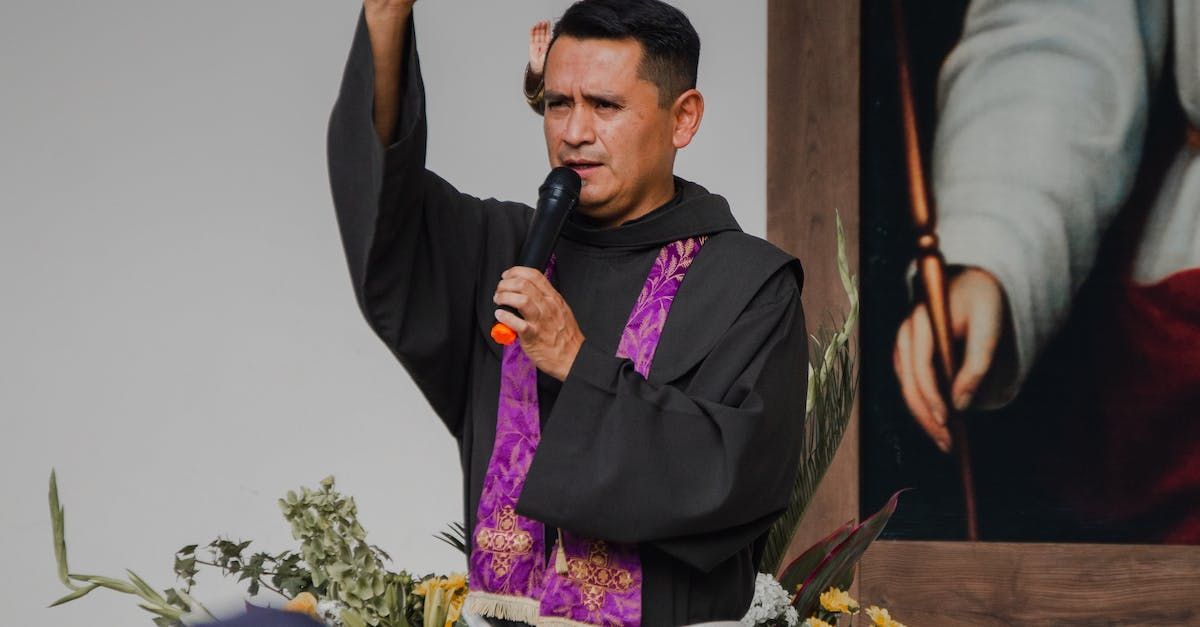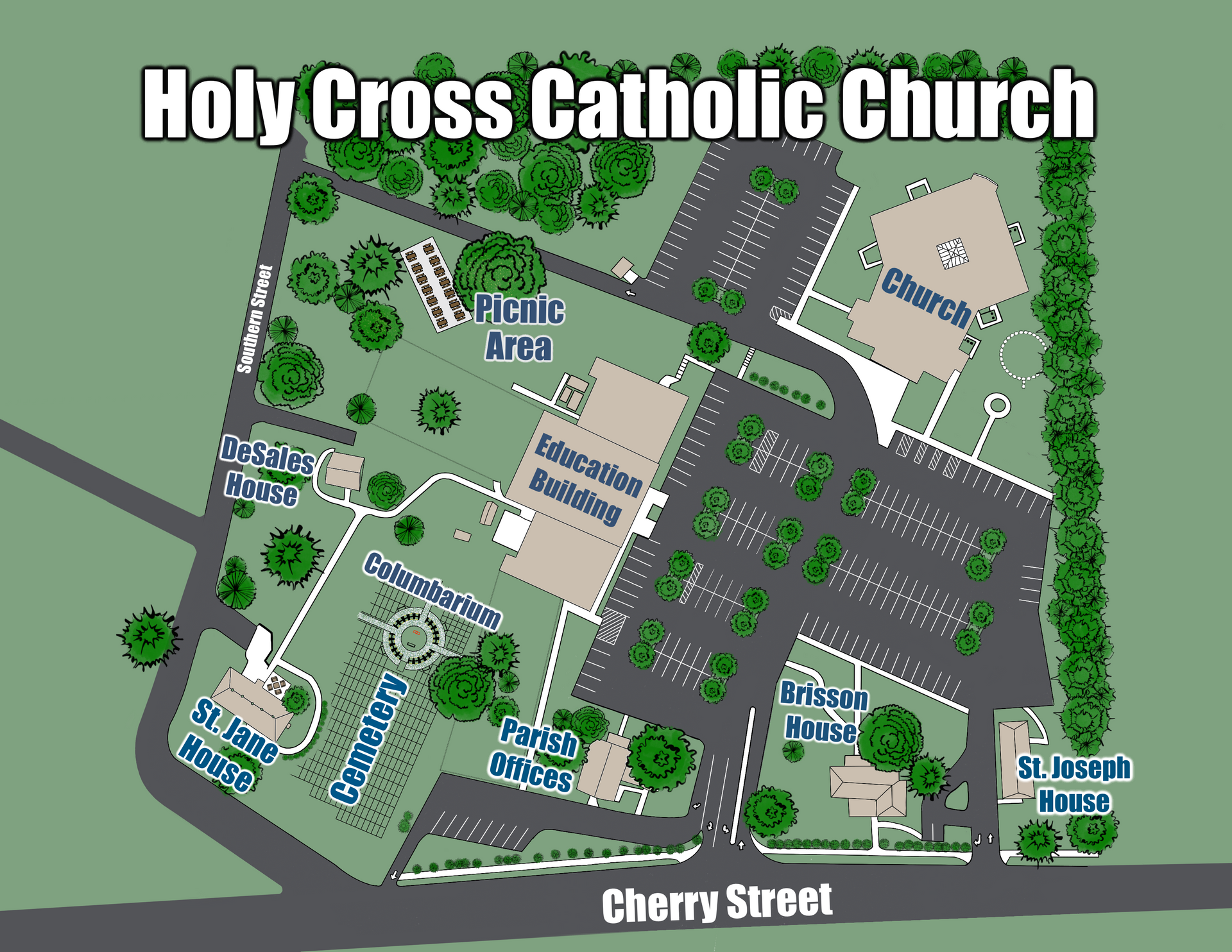Vatican II & Liturgy - Part 12
“ The musical tradition of the universal Church is a treasure of inestimable value, greater even than that of any other art. The main reason for this pre-eminence is that, as sacred song united to the words, it forms a necessary or integral part of the solemn liturgy. Holy Scripture, indeed, has bestowed praise upon sacred song (Cf. Eph. 5:19; Col. 3:16), and the same may be said of the fathers of the Church and of the Roman pontiffs who in recent times, led by St. Pius X, have explained more precisely the ministerial function supplied by sacred music in the service of the Lord. Therefore sacred music is to be considered the more holy in proportion as it is more closely connected with the liturgical action, whether it adds delight to prayer, fosters unity of minds, or confers greater solemnity upon the sacred rites. But the Church approves of all forms of true art having the needed qualities, and admits them into divine worship.
“The treasure of sacred music is to be preserved and fostered with great care. Choirs must be diligently promoted, especially in cathedral churches; but bishops and other pastors of souls must be at pains to ensure that, whenever the sacred action is to be celebrated with song, the whole body of the faithful may be able to contribute that active participation which is rightly theirs.
“The Church acknowledges Gregorian chant as specially suited to the Roman liturgy: therefore, other things being equal, it should be given pride of place in liturgical services.
But other kinds of sacred music, especially polyphony, are by no means excluded from liturgical celebrations, so long as they accord with the spirit of the liturgical action
“In the Latin Church the pipe organ is to be held in high esteem, for it is the traditional musical instrument which adds a wonderful splendor to the Church's ceremonies and powerfully lifts up man's mind to God and to higher things” (Second Vatican Council, Sacrosanctum Concilium , para. 112, 114, 116, and 120).
While music can tend to be an explosive topic in parish churches, it makes it pivotal that all know what the Second Vatican Council said concerning sacred music. In the first paragraph, the Council points back to Pope St. Pius X, who set out the qualities of sacred music in his encyclical “Tra le sollecitudini.” On our website on the Sacred Music page, there is an article I published in 2015 that links these principles and also explains what is written above about what the Church means by Gregorian chant having “pride of place.” You can point your browser to www.holycrossnc.com/music.
In just three months, we have studied together the Second Vatican Council’s Constitution on the Sacred Liturgy Sacrosanctum Concilium. This was the first document that the Council solemnly ratified and published. By knowing what the Council called for and then the reform that happened, it sheds light on the reality that the experience of the liturgical reform was not what the Second Vatican Council intended.
Pastor's Ponderings

